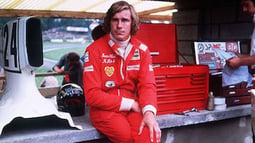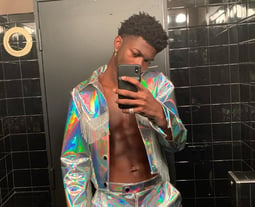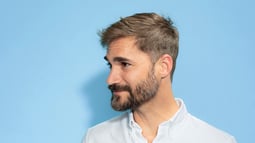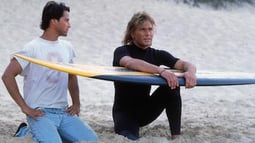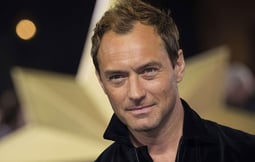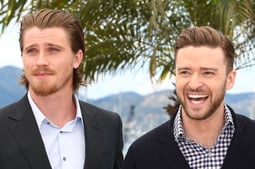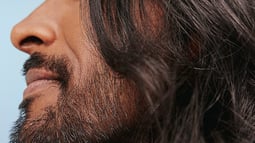
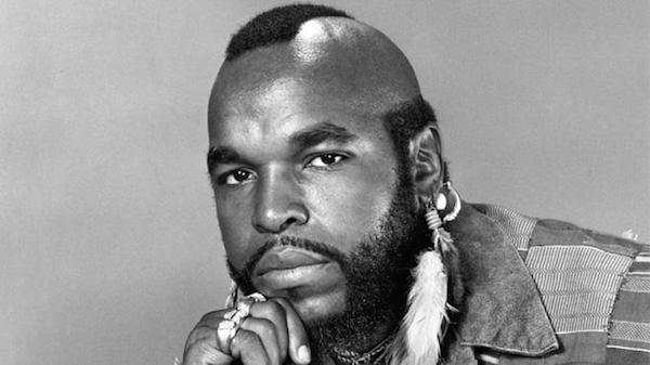
Choosing the Right Hairstyle and Beard for Your Face Shape
Photos Getty Images
Words Matthieu Morge-Zucconi
Share the article on
Maximize Your Natural Assets
Summary
Just like certain glasses suit some people better than others, your face shape is a big natural influence on your ideal hair and beard styles. So, Horace being Horace, we’ve put together a quick guide to help you find the best look, whether your face is oval, rectangular, round, or square (no, triangular faces don’t exist). Grab a ruler, and let’s start maximizing your natural assets.
Understanding Your Face Shape
First, you need to identify your face shape. Stand in front of a mirror and carefully look at the length of your face (from the top of your forehead to your chin), the width across your cheeks (from the outermost points of your cheekbones), your jawline, and your forehead.
To be 100% precise, you can use a ruler. Once you have those, you'll know exactly which category your face falls into. And let’s be clear: there’s no “better” face shape—there’s only yours.
Oval Faces
Your face length is greater than the width of your cheeks, your forehead is slightly wider than your jawline, and your chin is rounded.
Optimal Hairstyle: Lucky you: an oval face can pull off nearly any hairstyle! However, avoid cuts that hide your forehead, as they can disrupt your face's symmetry—highly annoying.
Optimal Beard Style: Similarly, you can’t go too wrong here. That said, steer clear of goatees or beards that are longer in the front, as they can unnecessarily elongate your face.
Rectangular Faces
If your face length is the longest measurement, with your forehead and cheek widths being very similar, if not equal—you’ve got a rectangular face.
Optimal Hairstyle: Go for something simple with some length on the sides but not too high. For example, avoid an undercut. Instead, opt for an all-over cut, where the hair is kept at around five centimeters all over.
Optimal Beard Style: A thicker beard on the cheeks will help round out your face and add some width, reducing the "long" effect of a chin-length beard.
Round Faces
The width of your cheeks and the length of your face are similar, and slightly larger than your forehead and jawline, which is rounded, giving your face its circular shape.
Optimal Hairstyle: Give your hair some volume. You can go for something tall and a bit long. A side part combined with a fade on the sides will slightly elongate your face—just a little!
Optimal Beard Style: As with square faces, aim for length. So, opt for more length in the front than on the sides, which will slim down your face. This is a technique adopted by the likes of Alexandre Thomas, for example.
Square Faces
The length and width of your face are almost equal (just like a square has four equal sides). Your jawline is, unsurprisingly, square.
Optimal Hairstyle: You can afford to keep your hair short. You can leave some length on top, with a side part, and keep the sides and back shorter. A fade, short gradient, or undercut (where the hair on top is longer than the sides and back, with a clear demarcation) are safe bets.
Optimal Beard Style: By opting for more length in the front than on the sides (without veering into goatee territory), you'll elongate your face, slimming down your jawline in the process.
Diamond Faces
Your face is characterized by its width at the cheekbones and your prominent cheekbones.
Optimal Hairstyle: Ask your barber to put away the clippers and stick to scissors. Be disciplined on the sides with little length (about a centimeter, for example), and much less on top: feel free to run your hand through your hair and let it flow with some length.
Optimal Beard Style: Try to aim for an oval shape. This likely means keeping your chin hair short and your cheek hair slightly longer, without opting for the mutton chops beloved by Wolverine.
Now you're ready to make the most of your face shape. Simple, isn't it?
